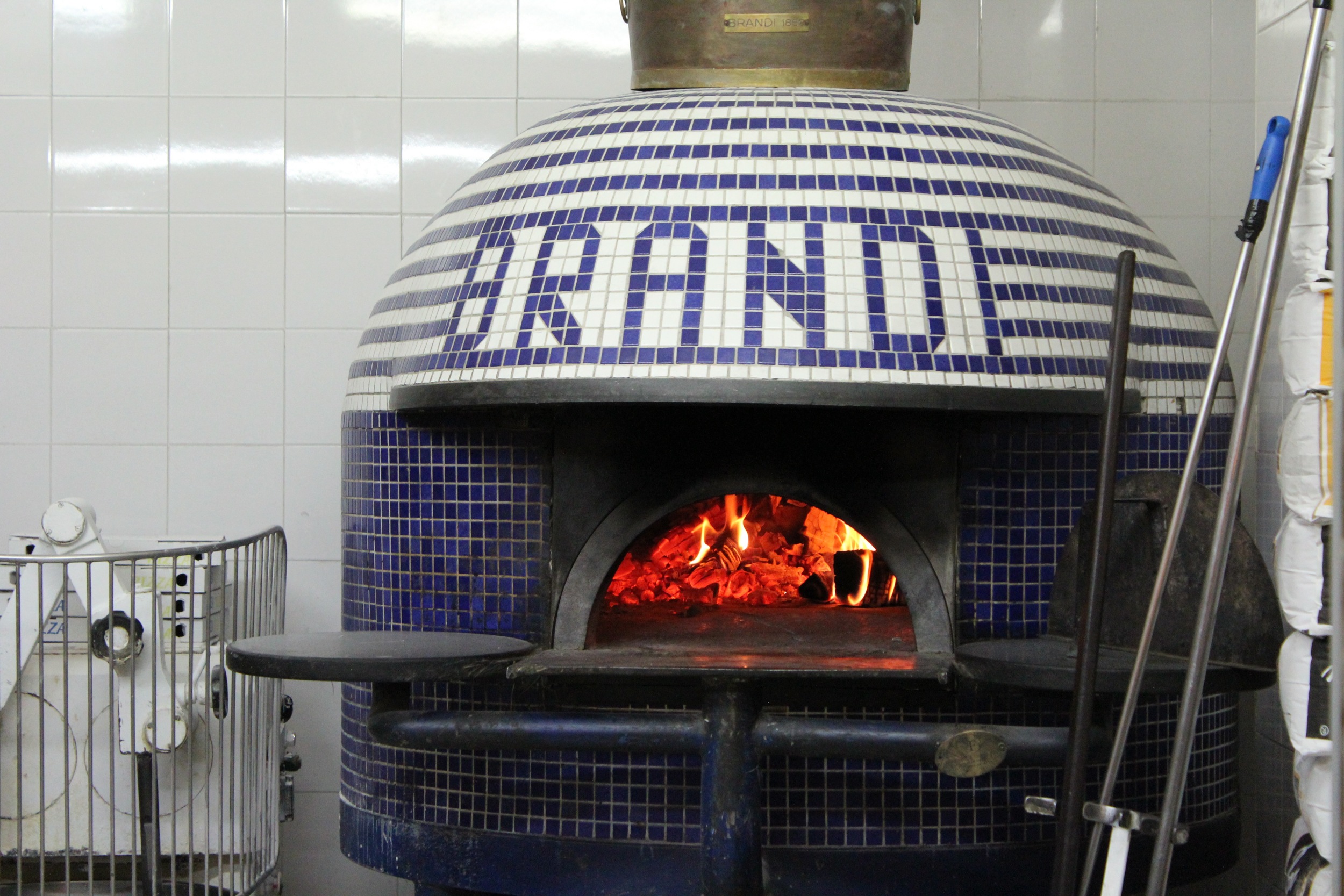What Neapolitans know about Elena Ferrante's novels
I have been waiting for people to be curious about Naples for nearly fifteen years. I first visited the city of my ancestors in 2001 while I was living in Florence, Italy. My Tuscan friends all warned me that the city was dirty and dangerous and not a place to travel alone.
I'm so glad I didn't take their advice.
Naples was a loud, beautiful, chaotic experience throbbing with real life. It's not dressed up for tourists like so often happens in Tuscany. Just crossing the street as a family of four zooms by on one motorino seemed at first impossible and then exhilarating.
Port of Naples and Castel Nuovo, view from the NH Ambassador Hotel on Via Medina
For me, it was also eerily familiar. Sitting in the Piazza Martiri, I saw faces go by that looked like my Uncle Sonny's. I heard the Italian that matched what I heard growing up with my beloved grandparents. Suddenly, in Naples I could speak Italian! And Neapolitan cuisine, the exquisite, fresh, truly regional food, is the mother religion of most Italian-American food. Naples is, after all, the birthplace of pizza.
The wood fired oven at Antica Pizzeria Brandi where pizza margherita was invented
Over the years, I've' come back to Naples again and again, a city that is certainly not everyone's cup of tea though it has always been mine. When Ann Mah wrote about Elena Ferrante's Naples in the New York Times, I nearly wept with joy. Mah wrote about Naples' tragic Baroque beauty, its 600 churches, and place in Homer's The Odyssey instead of just another vulgar mafia story. The Times quickly followed the piece with a travel guide for What to do in Ferrante's Naples.
Elena Ferrante's Neapolitan Quartet are a peerless description of this 3,000-year old city. I couldn't be more happy or amazed that Ferrante Fever is sweeping the world. Through four books we follow the lives of Lila and Elena starting at age six in My Brilliant Friend and ending in their sixties in The Story of a Lost Child. I haven't connected to a story this deeply since reading A Tree Grows in Brooklyn at age thirteen.
Is Naples dirty? In parts, yes. Dangerous? In the outlying neighborhoods, sure, but not in the historic center. Is it beautiful? Truly. Though tourism to Naples has spiked because of the Ferrante books, it's not a place for travelers who want an easy experience.. The only other city that easily compares to Naples is Marseille, another port town with dazzling Mediterranean light, astonishing cuisine and culture that requires poking around in corners and talking to people.
A visit to Naples will be deeply rewarding for Elena Ferrante super fans. While Ann Goldstein's translation is remarkable, there are many details that simply can't be recognized to non-Neapolitan readers. Here are just a few:
- Ferrante is a common surname of Naples. King Ferrante was the second Aragonese king of Naples who presided over a rich Renaissance court. The castle which his father called Castel Nuovo still stands at the port for cruise ships and ferries to Naples and Ischia.
View of the Castel Nuovo or Maschio Angoino as the locals call it.
- Elena eats her mother's pasta e patate, a staple dish of the poor. While many might consider two carbohydrates in one dish unthinkable, it is considered true Neapolitan soul food. Later, Elena's mother serves gattò to her future son-in-law, a dish that would surely impress someone who comes from a distinctly higher social class. A Neapolitan adaptation of the French gateau, gattò is an artifact from the Bourbon period when Naples was Europe's most glamorous city. The wealthy would have their own monsu or monsieur to prepare this rich cake made from potatoes, cheese and eggs.
- Pastry is also a big part of the books, the only one specifically mentioned at the Bar Solara being sfogliatelle which remains the signature sweet of Naples. Originally invented by a nun on the nearby Amalfi coast to imitate the shape of a monk's hood, the pastry was inverted to resemble a seashell and sold in the most fashionable pastry shops of the Via Toledo.
Neapolitan pastries at La Sfogliatella Mary
- In the final book (SPOILER ALERT), Elena is stunned when she sees Alfonso emerge from the dressing room and says he looked ready to "set off on the road leading to the black Madonna of Montevergine." Recently I wrote a piece for Roads & Kingdoms about the pilgrimage of transgender people to Montevergine, where an icon of the black Madonna has been a protector of homosexuals since the 13th century. Transgender people have long called her "The Madonna of Transformation."
Sanctuary of Montevergine where the black Madonna is worshipped by transgender people every February 2nd.
From September 25-29th, 2016 I'll be leading a Ferrante Fever tour of Naples. I have crafted this tour to be better than the best book club meeting ever, full of local food, insight from experts and a journey into the heart of Lila and Elena. If you love these books like I do, I hope you will consider joining me. The maximum number of guests is 12 and 10 spots remain for sale.









